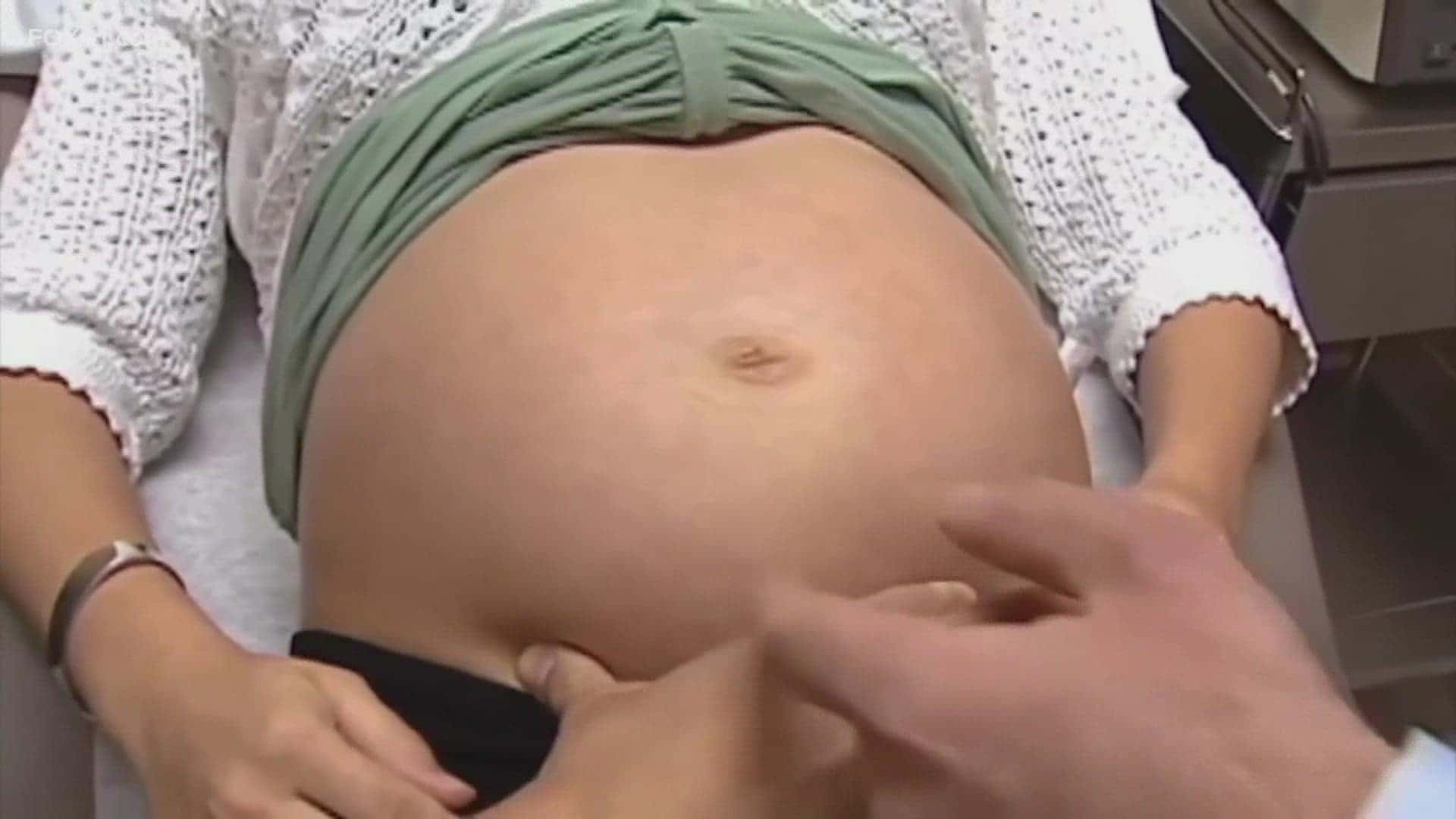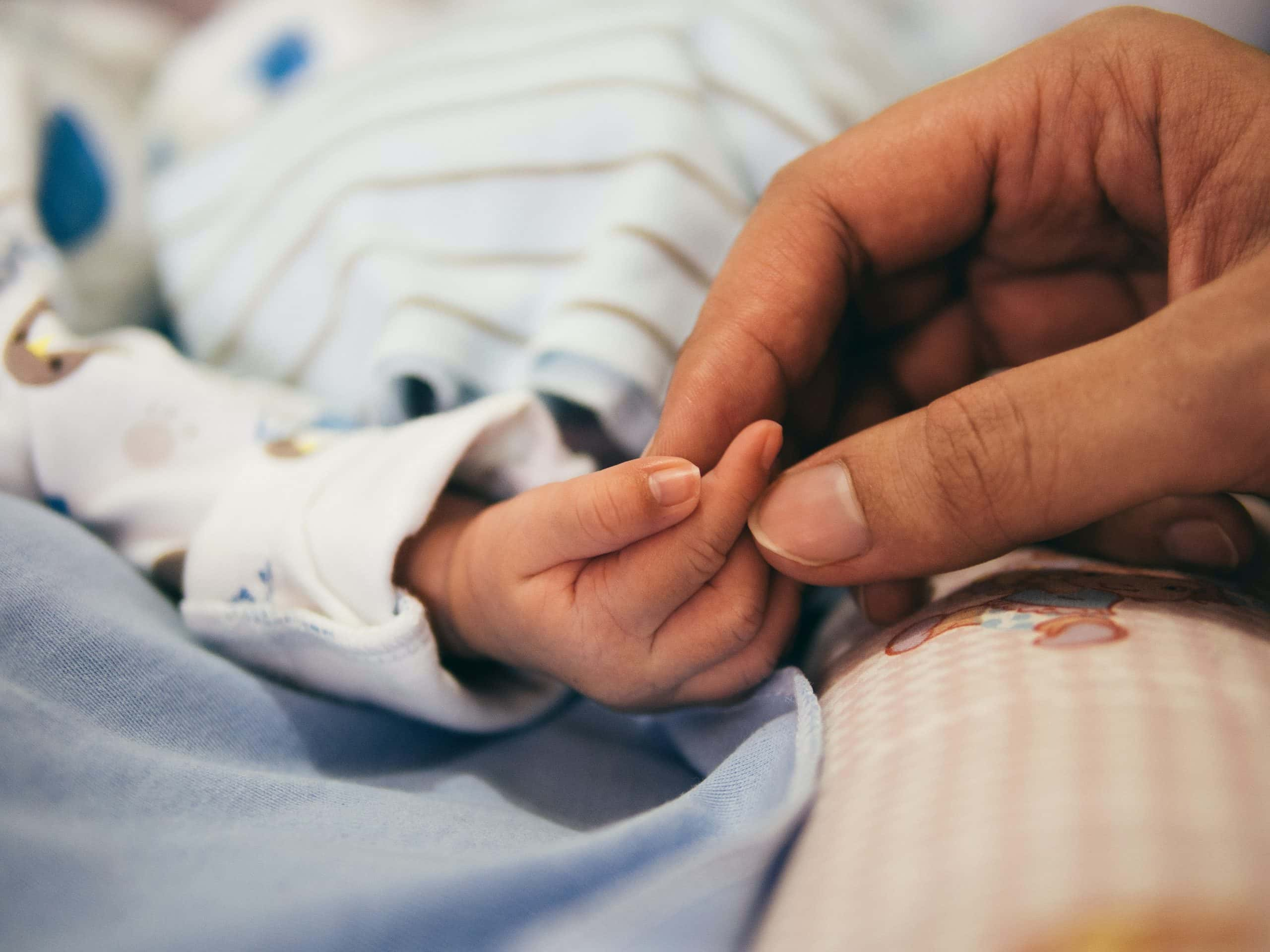This U.S. infant mortality rate measures the number of babies that pass away before their first birthday.

The U.S. infant mortality rate saw a notable 3% increase in 2022, marking the first statistically significant rise in nearly two decades
While the study of the U.S. infant mortality rate does not provide a definitive cause for the rise, some experts speculate that the ongoing pandemic, which strained the healthcare system, may have played a role. Dr. Deborah Campbell, a neonatologist at the Children’s Hospital at Montefiore in New York City, noted that COVID-19 had diverse impacts across the US, affecting various demographics and regions. She highlighted how the pandemic dramatically influenced pregnancy and delivery care nationwide, impacting access and utilization of maternity services.
The study, based on data from the US National Vital Statistics System for 2021 and 2022, revealed that the increase in the U.S. infant mortality rate was particularly prominent among mothers aged 25-29, preterm babies, male infants, and infants born in certain states.
Infants born to American Indian or Alaska Native women experienced a staggering 20% increase in mortality rates
While the U.S. infant mortality rate for infants of Black women did not rise as dramatically, they still had the highest overall U.S. infant mortality rate. Danielle Ely, the study author from the US National Center for Health Statistics, emphasized that the infant mortality rate serves as a vital indicator of a nation’s overall health. Further research is needed to ascertain if the 2022 rise is an anomaly or a more enduring trend, requiring targeted prevention efforts if confirmed in subsequent years. Dr. Campbell called for a thorough evaluation of the data to identify contributing and confounding factors, as well as protective elements for different ethnic, racial, and cultural groups. The findings were published in the November issue of Vital Statistics Rapid Release Reports.




